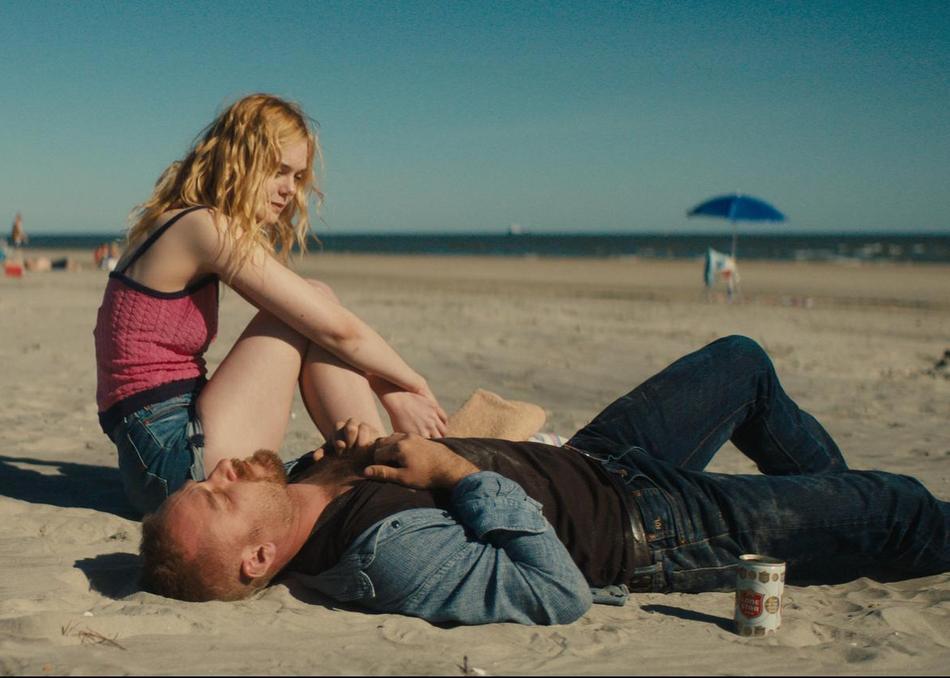A Response to: Season 55, Episode 35
by Philip J. Hohle, Ph.D.
When I found the episode on the 60 Minutes webpage to watch this story again, the very first thing I saw when I began was an ad that said the episode was brought to us by Pfizer. That’s right. It is as if the Big Pharma guys were saying, “Trust us; we are on this same moral crusade.” I thought such sponsorship seemed out of place-a mismatch. Maybe I am surprised the WHO didn’t sponsor it. But that is a topic for another time.
What the episode featured was a report that parents have begun filing lawsuits against big tech companies like Instagram for targeting young teen girls worried about their health and body image. Allegedly, Instagram algorithms wouldn’t generate stories of healthy diets or affirmations of body shapes of all kinds. Instead, apparently, it bombarded those young searchers with toxic promotions of dangerous anorexic behaviors.
It would seem that while Instagram’s parent company, Meta (aka Facebook), was shielding us from false information about COVID, they have been feeding provocative images and sketchy website links to kids who were not mentally or emotionally healthy enough to recognize the dangers of the content. Further, the parents claimed that Instagram use had significantly contributed to their child’s depression. Sounds familiar, doesn’t it?
Good for you, 60 Minutes. Pat yourself on the back for your advocacy.
But wait. Something is missing.
I propose my readers try this experiment: Listen to the episode and imagine something else-I know it may be hard. After all, this is the legacy media were are talking about- but try to imagine that every time anyone says “anorexia” or “skinny,” you insert “gender dysphoria” or “gender transition surgery.“
When I do, the story still makes sense to me. Parents are enraged. Lawsuits are coming. Quoting the Surgeon General, the reporter asserted that Big Tech and social media are “posing a profound risk of harm to the mental health and well-being of America’s youth” and calls for tougher standards. The bottom line in either story is that these ideologies harm our children, and certain institutions should be shamed and punished for promoting that harm.
Of course, transgender ideology was not the focus of this 60 Minutes story-eating disorders were the issue. Still, my question for CBS News is this: When will that become your issue?
When will the legacy media report that the mental health of those seeking harmful gender transition drugs and surgery is as big, or is a more significant crisis among America’s youth? When will CBS News, along with their big-tech collaborators, point fingers at themselves and admit that not unlike Instagram, they have promoted and even celebrated the false ideology that a person can change their biological sex? No doubt, CBS, PBS, NBC, and others have generally shown great hostility to anyone who would push back against any form of LGBTQIA+ ideology. As a result, they have stopped far short of honestly reporting on the harms presented by the popular new kid on the block-transgenderism.
So how long will I have to wait for 60 Minutes to air their report documenting how harmful this intentional and predatory sexual grooming of our youth is and will always be? When will they interview the unfortunate humans who have mutilated themselves permanently-now eternally dependent on medicine and therapy to get by?
Will they likewise include the grieving parents who tell us how hopeless they felt in their battle to save their children from it? Will they air the tearful sound bites from the young girl who now regrets her mistaken belief that this was the answer to her depressed feelings of shame and rejection? Will the editor include the comments where the victims retell the moment when they came to the horrible realization that, unlike the many teens suffering from anorexia have done, they can never reverse the damage?
When will the enranged and steely-eyed 60 Minutes reporter attack some child-mutilating surgeon or progressive hospital administrator on camera for perpetrating this harm? (*Crickets*)
I’m waiting. If they do, I bet this is one episode Pfizer will decline to sponsor.

 Another in the science fiction genre where an alien race brings a blessing to a troubled earth, First Light has some interesting company. The film Arrival is one good example. In many of these tales, only certain characters have the sensitivity to hear or understand the message brought by these alien angels of mercy.
Another in the science fiction genre where an alien race brings a blessing to a troubled earth, First Light has some interesting company. The film Arrival is one good example. In many of these tales, only certain characters have the sensitivity to hear or understand the message brought by these alien angels of mercy.